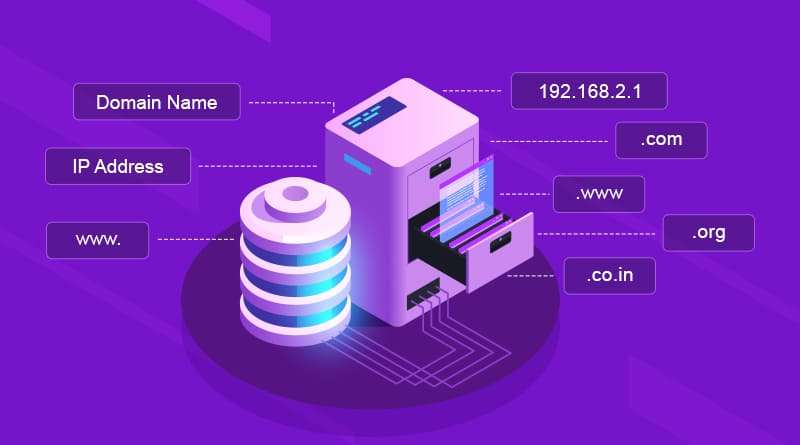
Name servers are an essential part of the Internet’s infrastructure. Their main job is to translate human-readable domain names (like example.com) into IP addresses (like 93.184.216.34), which computers use to identify each other on the network.
When you type a website address into your browser, your device doesn’t automatically know where to go. It first asks a name server: “What’s the IP address for this domain?” The name server responds with the correct IP address, allowing your device to connect to the website’s server.
Name servers are part of the Domain Name System (DNS), which works like a huge global phonebook. Here’s how they generally function in the DNS hierarchy:
-
Root Name Servers
These servers handle requests for top-level domains (TLDs) like.com,.org, or.net. There are only a few hundred root servers globally, but they handle billions of DNS requests. -
TLD Name Servers
These respond with the location of name servers responsible for specific domain names within a top-level domain. For instance, the.comTLD servers know how to findexample.com. -
Authoritative Name Servers
These are responsible for knowing the exact IP address of a domain. They provide the final answer in a DNS lookup. -
Recursive Resolvers
These are typically run by your ISP or a public DNS provider (like Google DNS or Cloudflare). They handle the full process of querying other servers until they find the answer.
🔐 Why Name Servers Matter
-
They speed up your Internet experience by caching results.
-
They help distribute traffic across the web efficiently.
-
They play a key role in domain control and security, allowing domain owners to manage email servers, web servers, and more.
If you like to get a real-time updated view of the most used and popular Name Service locations and retrieve a list of the fastest Name Services available (besides of the well known ones like Google Public DNS, and CloudFlare) visit this link: https://webtools.tomdings.com/NsLookup/WorldMap/
* By default you will get a list with all the Name Services currently available and working. Clicking the dots in the header will show Name Services which are measured as the fast available right now, the ones which are temporarily not available, etc.

